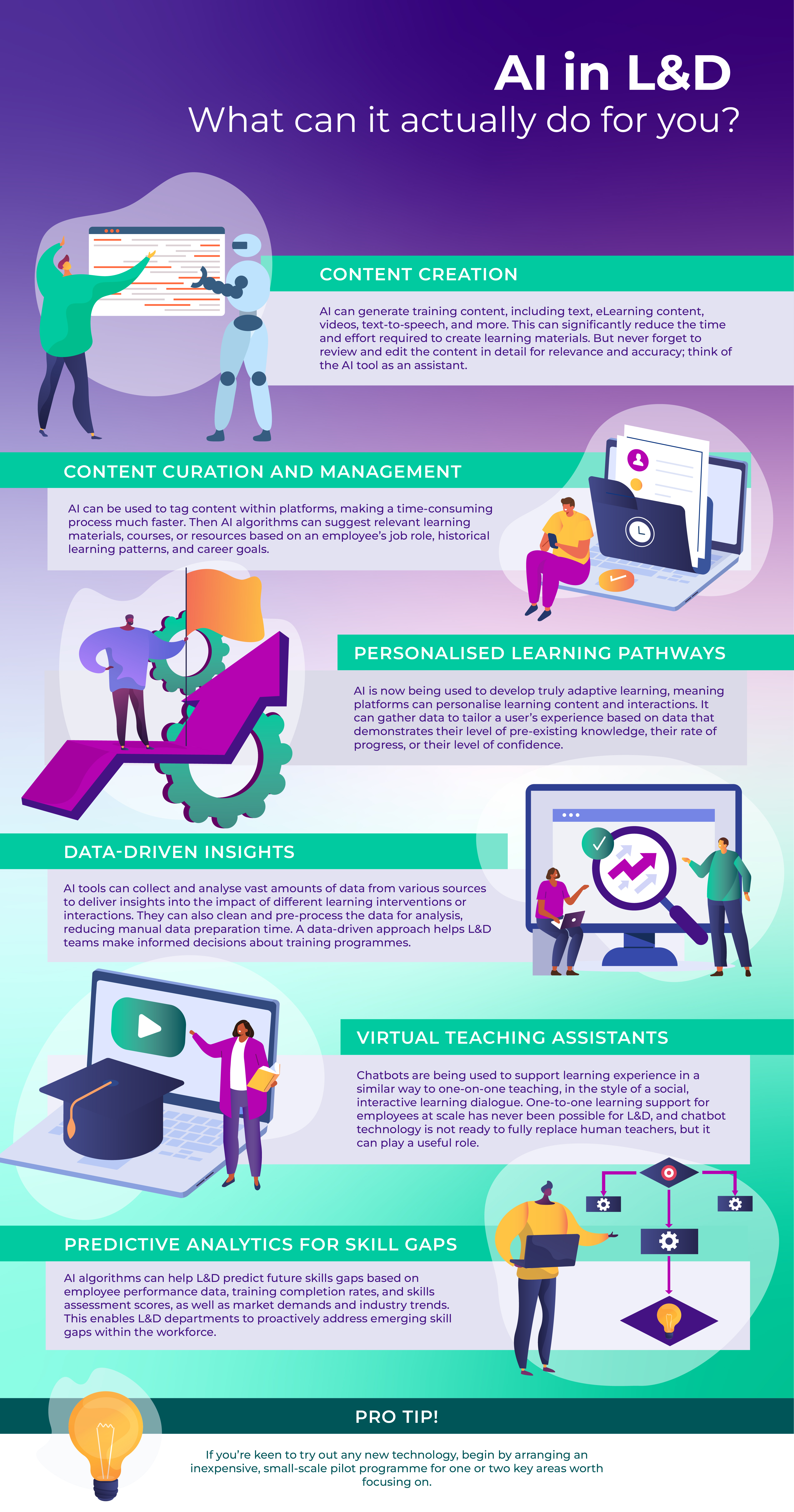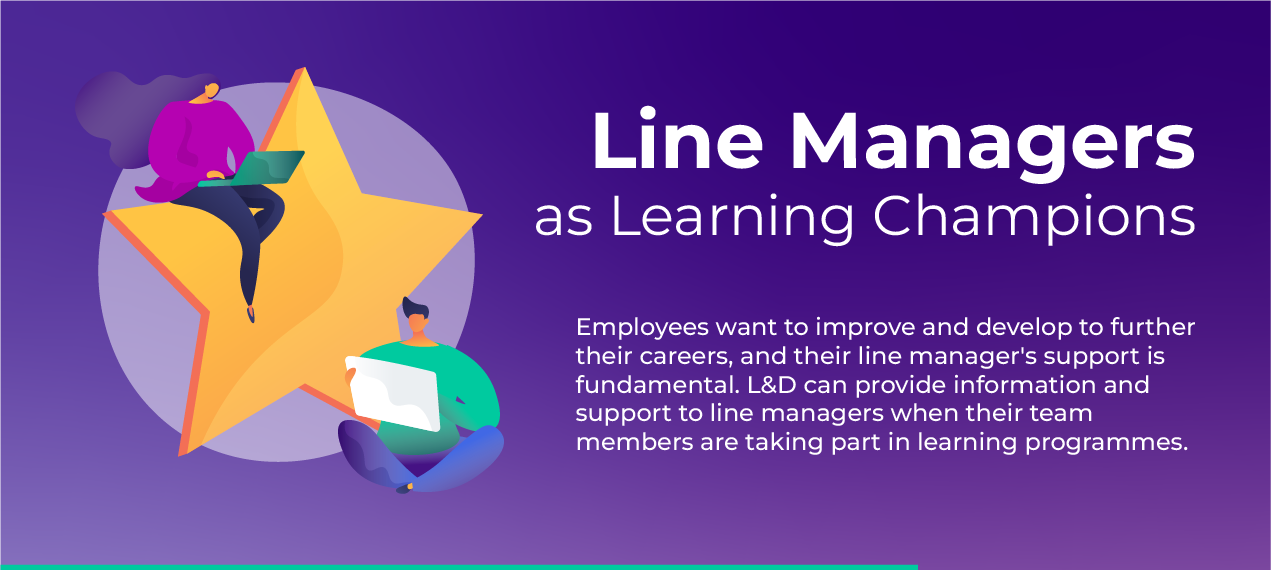A recent learning industry report found that ‘behavioural nudge’ programmes were at the top of the trends list for learning professionals to try in 2022. That was closely followed by AI and learning experience platforms. What does this all mean for your learning and development programmes? At Logicearth, we are lucky to be able to combine our learning expertise with the prowess of a team of Behavioural Scientists within The Creative Engagement Group. Together, we wanted to explore what a behavioural nudge really is and how it can help your next L&D initiative.
First, the science bit.
What is Behavioural Science and why is it relevant to learning?
Behavioural science is the study of how we think, feel and behave. We’re interested in what motivates us to act. What makes behavioural science interesting in the ‘real world’ is that it is highly pragmatic. As behavioural scientists, we’re not that interested in how we should behave, but instead focus on how we actually behave. For L&D, behavioural science can be critical in making any programme a success, for the simple reason that the science can help us understand what’s driving (or blocking) key learning behaviours. A key underlying characteristic of all of our behaviour is the desire to avoid incurring mental costs (i.e. having to work too hard). So, behavioural science can be crucial in helping us design learning experiences that are not perceived as high cost for those involved.
What are nudges?

These are small interventions that can steer people towards one outcome rather than another. If we think about organ donation cards, many countries now have the default set as ‘opt-in’ i.e. unless you change your preferences, you’ve agreed to have your organs donated in the event of your death. This default is considered a nudge, because it prompts a particular course of action. Nudges do not take away choice or options – they simply steer us towards an outcome.
Example of a nudge campaign

One of the most famous is the ‘fly in the urinal’ in Schipol Airport (nudging men to aim more carefully, reducing the cleaning costs of the 80 washrooms across the airport). The smiling/frowning speed cameras are also great examples, in that they use social norms (‘we’ like you or do not like you as a result of your speed) to moderate behaviour (highly effectively, it turns out – these cameras are better than actual cameras).
And now the learning bit.
How can this be applied to your learning programs?
In L&D, effective nudges can include providing timely and targeted feedback (e.g. 86% of your peers have completed this module). Another effective nudge could be as simple as moving the log-in button next to that feedback (so the button makes logging in easier). In other words, nudges can create a more positive outcome, without increasing someone’s workload.
We recently created a tool called Verify, which helps employees to learn and retain essential company knowledge in relation to company ethics and compliance. The nudges used here include showing users how their performance compares to that of their peers (and crucially what that means in terms of recognition), as well as how their own progress is evolving over time. If people see that their performance is inferior, this naturally encourages them to step up their engagement and try to do better. In other words, it’s a way of encouraging someone to behave in a certain way without coercion.
There are also other ways that behavioural science can help. In addition to ‘nudges,’ there are ‘boosts.’ Boosts are similar to nudges, but they provide us with a little more information, which requires us to think more carefully about our choice. In a recent project focused on encouraging people to be better learners, we used small daily ‘boosts’ to draw people’s attention to the things that can make us better at learning. For example, we typically think good learners need to be more intelligent. However, curiosity is potentially a more important trait than traditional ‘cleverness’ in predicting how well we can learn. So our boosts involved drawing people’s attention to this misperception, and in doing so, making people aware that we can all be better learners (as we all have it in us to be curious). To make the boost work even more effectively, we used various behavioural science mechanisms within the messaging to make sure people paid attention to the content (e.g. quoting Einstein as considering himself more curious than clever).
Behavioural science can also be used to shape, steer and measure. We often gloss over that last part – but having behavioural science in L&D programmes can unlock a world of more interesting and nuanced measurement. As a case in point, we recently ran a series of randomised controlled trials (RCTs) across a global organisation, as part of a learning culture change programme. Designing and running RCTs allowed us to identify specific variables to showcase how our interventions were effective at changing attitudes and behaviours. For example, we measured participants’ willingness to apply new learning to their roles and through the RCT design, we were able to show a significant improvement amongst those exposed to the intervention, when compared to a control group. Beyond this, we were also able to quantify the scale of the improvement – a measure that’s often not that popular within academic research, but one that should be vital to any business looking to measure change. This meant the programme was quickly socialised throughout the business, including being taken up to the senior leadership team. The use of behavioural science also secured the project an Innovation in Learning Award. In fact, a quote from that piece of work (from the client lead) probably sums-up the potential of applying behavioural science to L&D:
‘It wouldn’t matter how many millions we invested in world-class learning, we had to understand how we could help people to change their attitude and develop new learning habits. Behavioural Science has been the key.’
This highlights the fact it’s a combination of learning consultancy and the insights of behavioural science which can enhance the impact of your learning programme. Nudges don’t necessarily involve big changes; a subtle shift can have a significant impact. Perhaps it is that very simplicity which put nudges at the top of that report on trends for learning professionals to try this year. By using highly creative thinking, evidence-informed learning design, great user experience design AND the brilliance of behavioural science, we can help your learners to create and maintain more effective learning habits for the future.
Special thanks to Guy Champniss, Head of Behavioural Science and Andrea Dzalto, Behavioural Science Consultant at The Creative Engagement Group, who also assisted in writing this article.
Interested in applying behavioural science in your learning strategy? Talk to us today.







Was this article helpful?